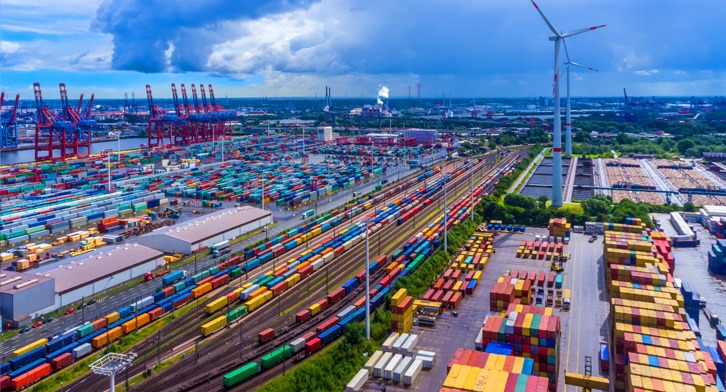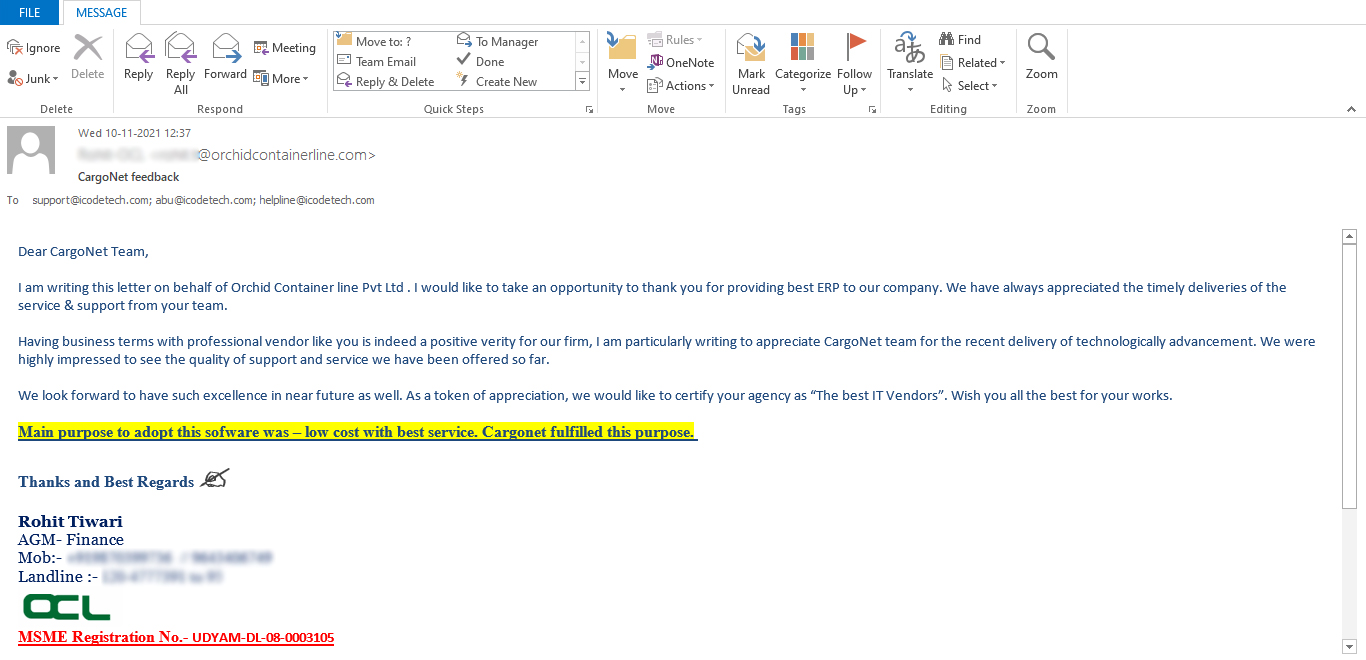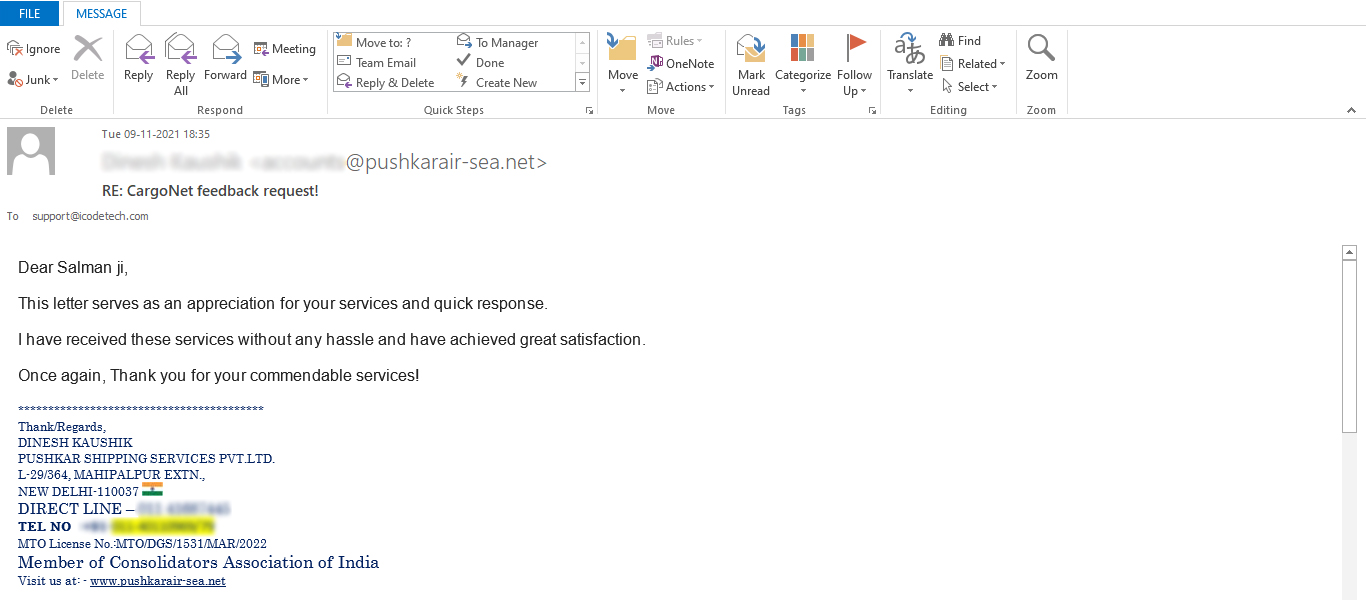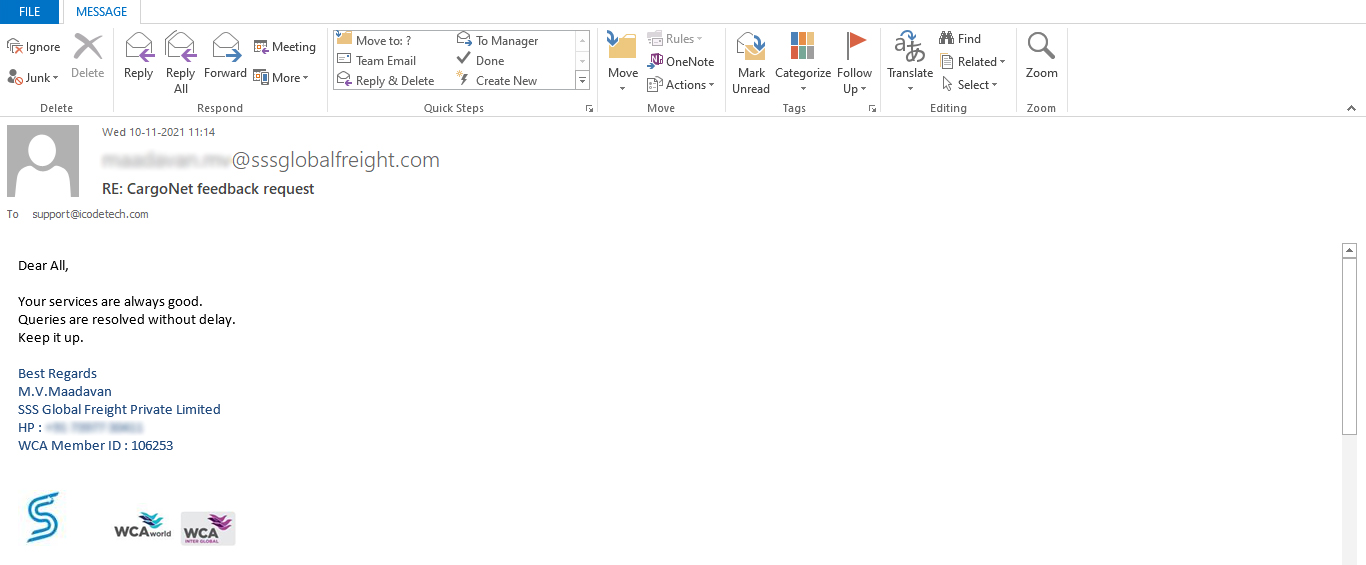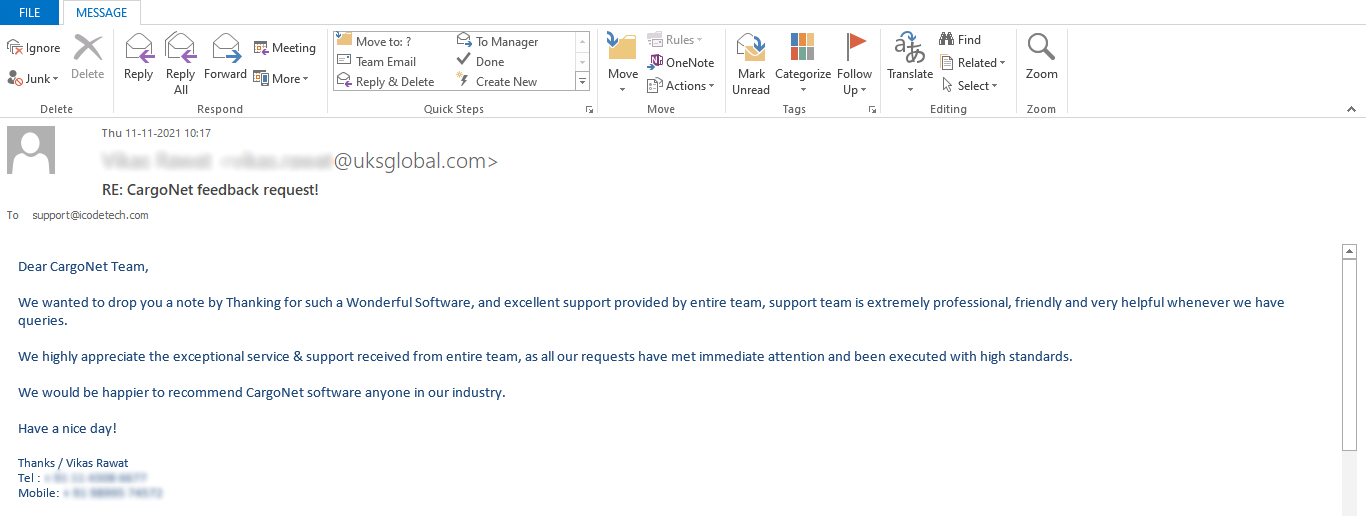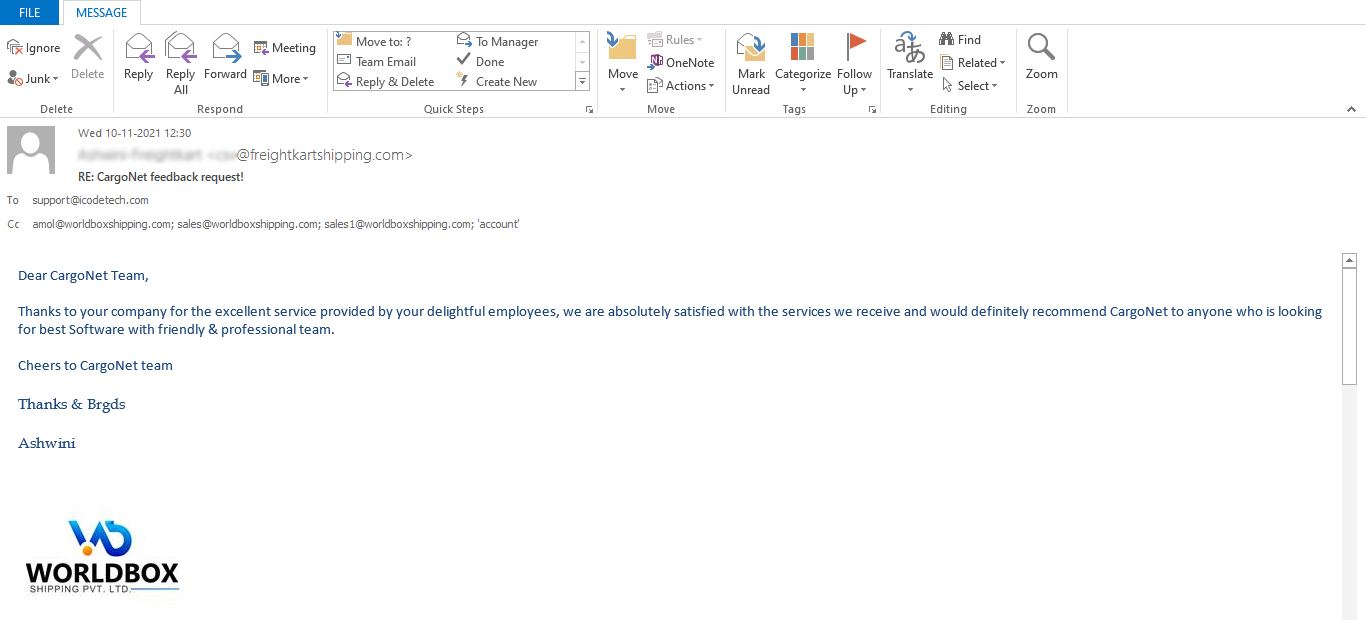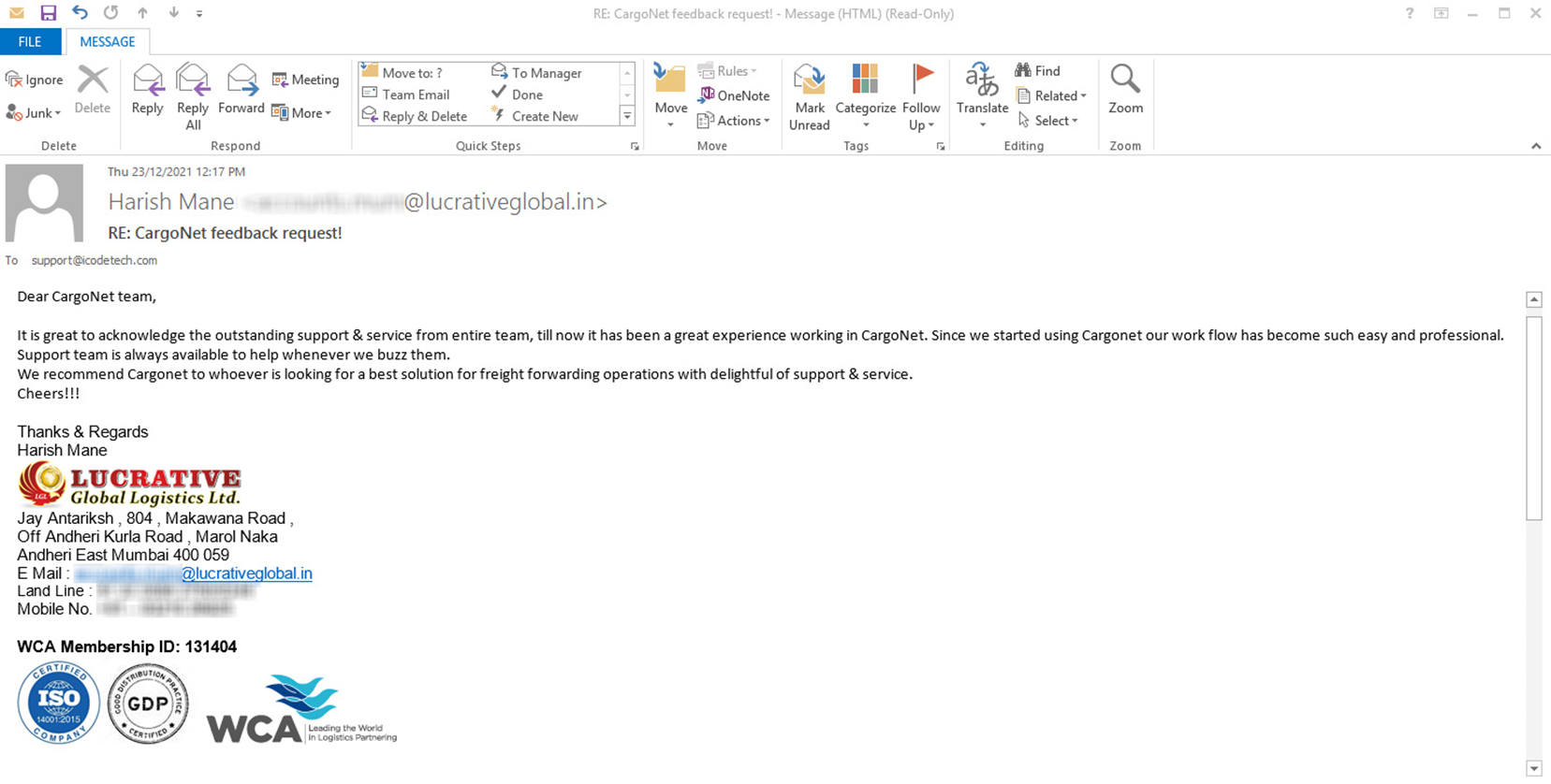India’s ambitious Dedicated Freight Corridor (DFC) project is nearing completion, and the spotlight is shifting from construction to smart, sustainable operations.
At the Global Heavy Haul event, DFCCIL Managing Director Praveen Kumar emphasized the shift:
“We’re moving from building tracks to building a system — one that adapts, delivers value, and endures for generations.”
Key Highlights:
- Massive Operational Efficiency
- DFCCIL now handles 13% of India’s railway freight using just 4% of the rail network.
- Daily freight trains jumped to 356 in FY25, up from 241 in FY24 and 170 in FY23.
- Network Nearing Completion
- Total DFC length: 2,843 km
- 96.4% commissioned as of March 2025
- Eastern DFC (1,337 km): Fully operational
- Western DFC (1,506 km): 93.2% ready, final stretch (Vaitarna–JNPT) to be completed by December 2025
- Next-Gen Infrastructure
- Tracks built for 25-tonne axle loads, upgradeable to 32.5 tonnes (vs. Indian Railways’ 22.9 tonnes)
- Average freight speeds on DFCs: 50–60 kmph, with potential up to 100 kmph
- Reduced transit times and longer asset life expected
- Focus on Sustainable Maintenance
- New systems in use:
- Rail grinding
- Ultrasonic testing
- Autonomous inspection platforms
- Ground-penetrating radar (GPR)
- Planned: Integrated wayside monitoring systems for real-time asset health tracking
- Innovation Without Baggage
- As a greenfield project, DFCCIL isn’t weighed down by legacy systems — giving it the freedom to lead in heavy haul asset management and smarter rail tech deployment.
Why It Matters:
India’s DFCs aren’t just easing freight movement — they’re freeing up space for passenger trains, enhancing rail safety, and laying the foundation for a high-speed, high-capacity logistics backbone. With technology-driven maintenance and smarter monitoring systems, the freight corridors are set to become global benchmarks in railway logistics.


